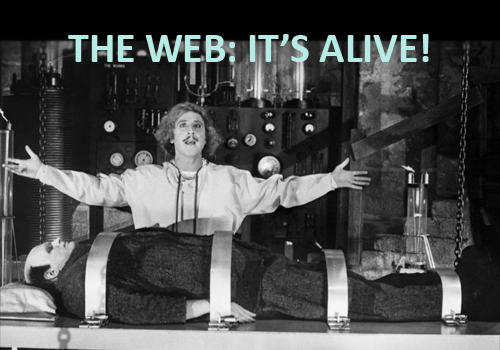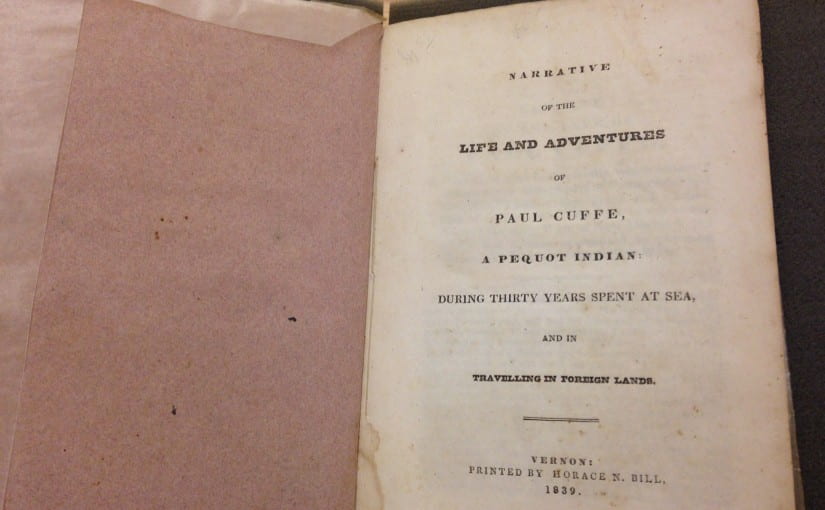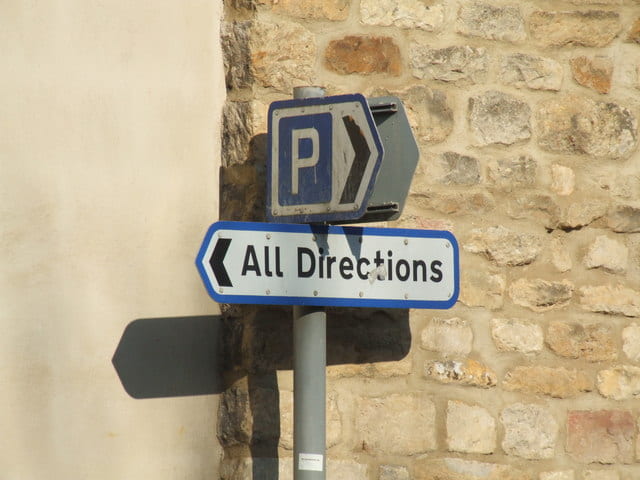As two separate words, “digital” and “humanities” do hold some meaning for this child of the digital generation, whose liberal-arts education leans liberally toward the humanities. But simply put those two words together, and poof! I am faced with a hazy sense of meaning, which is just a kinder way of saying that my knowledge on the matter is basically non-existent. Thankfully, the description for this Digital Scholarship internship reassures that “no prior technical or digital scholarship experience necessary, just curiosity and commitment.” After reading a number of articles, some of which attempt to clarify the scope of “digital humanities” while others argue for the futility of defining/delineating boundaries for the field, I find some comfort in the collective confusion, at least for these first two days.
In the last 36 hours, one word appears to best characterize my experience with digital scholarship this summer: fluidity. Digital humanities is inclusive in its ability to hover beyond the wall of definition, welcoming vast networks of scholars, projects, and methodologies. But with this fluidity comes more responsibilities. The first half of the internship will be devoted to exploring some of the tools available to digital humanists, but how do I allow the tools to enrich my research project rather than to dictate it? There is a limit to what we interns can learn and apply in the first few weeks, so how does one even begin to maintain a conversation between the digital and traditional aspects of the research process? What kind of questions would take advantage of the potential of digital technology and yield insights that traditional research for a paper could not?
My first foray into the library’s archives yesterday was a mix of glee (combing through just a few boxes of student publications revealed some bizarre ads and an interesting sense of humor in the late 1800s) and apprehension (how can I synthesize all the information in this collection of 36 boxes occupying 90 linear feet?). The obvious challenge of diving into a collection of this size and variety is how to navigate it all effectively: do I studiously go through all of the boxes (a bit ambitious… just a bit), hoping to stumble onto interesting threads one day? Do I identify a theme or question beforehand? Do I take notes of interesting tidbits and try to weave a pattern throughout? Or do I view the brainstorming process through the digital tools that we will learn, thinking about how they can be applied in the formation of my questions? In short, how should I take advantage of the interdisciplinary potential of a digital project? And thinking about the end product, which hopefully will be a concrete presentation-ready thing, what would the experience be like for an audience unfamiliar with digital scholarship?

As much as I anticipate the long periods of ambiguity, confusion, and perhaps existential crisis this summer, I do look forward to experiencing them all (just with my fingers crossed for the light at the end of this purple tunnel of ambiguity). Who knows, maybe I will be able to define what “digital humanities” mean(s)… to me.




